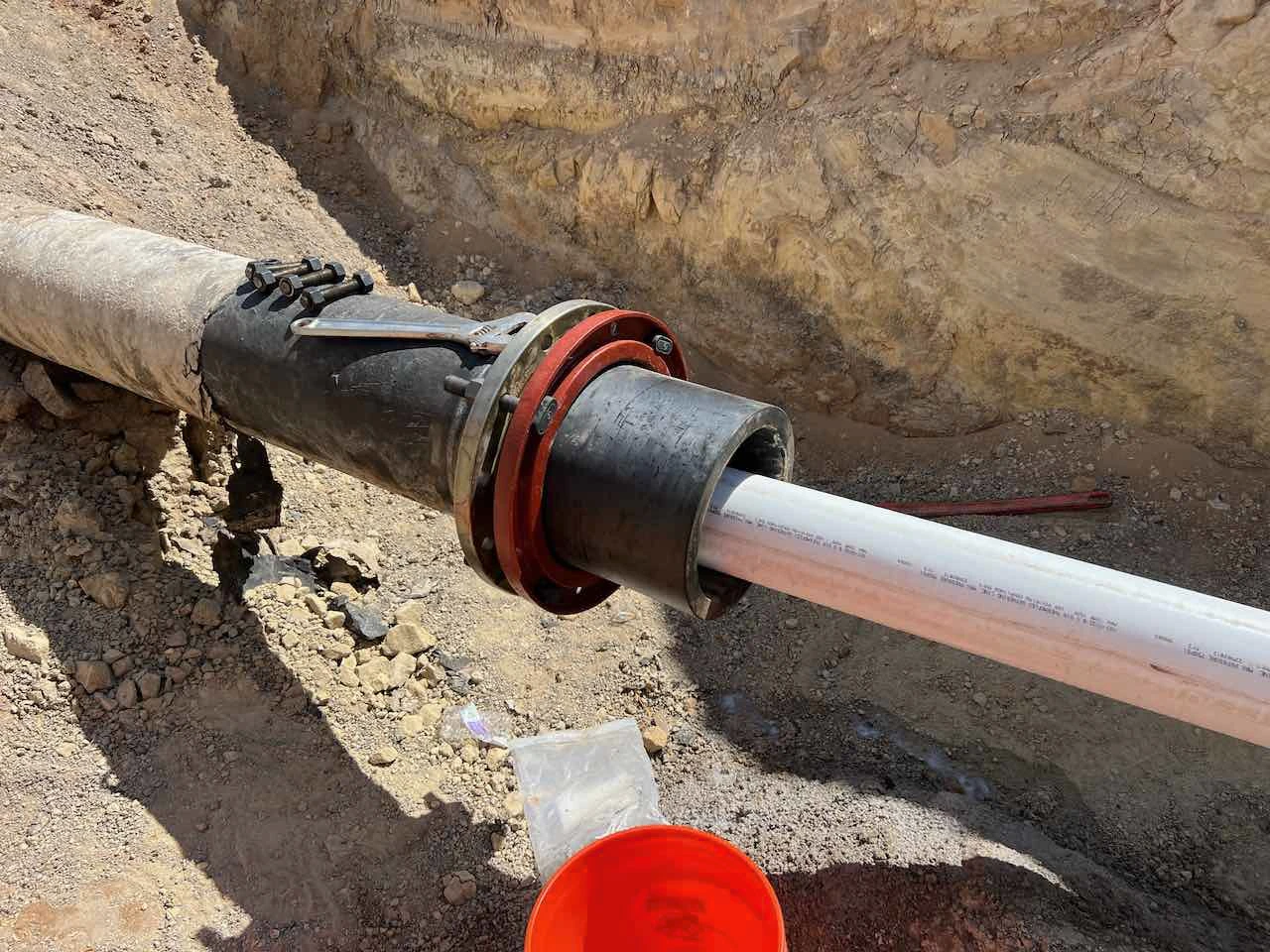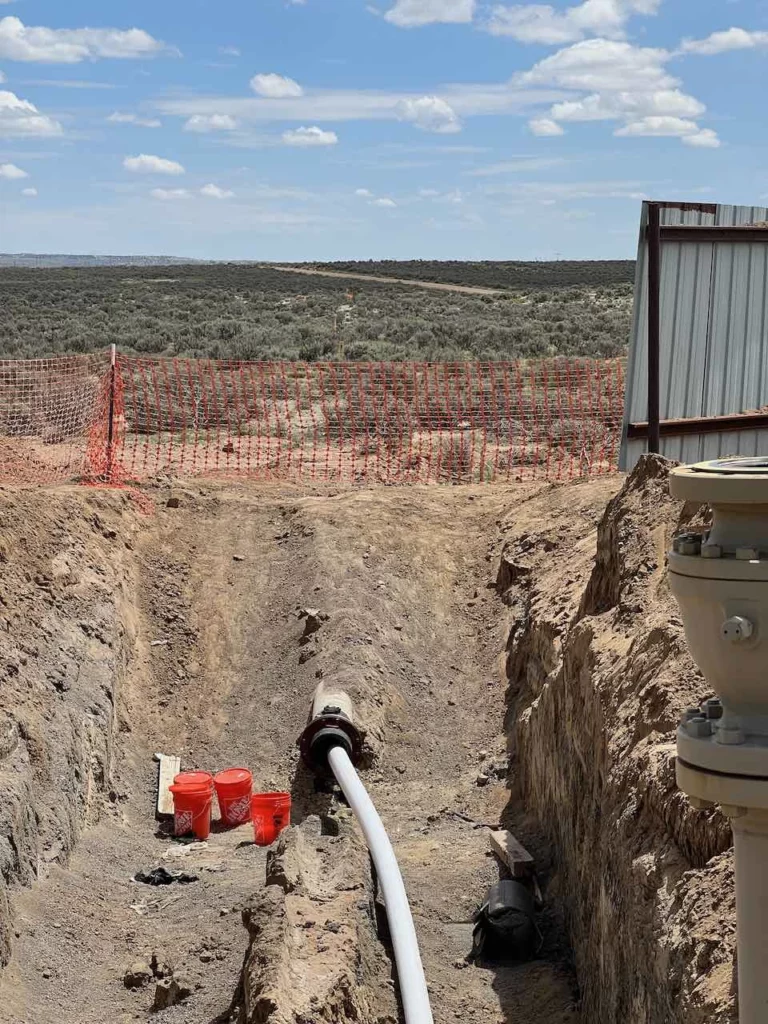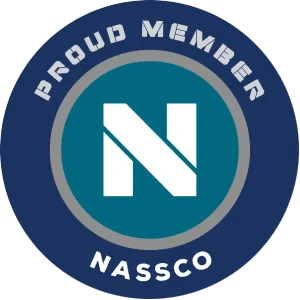Slip Lining
Trenchless technology Overview
Slip lining involves pulling a new pipeline liner inside of an existing, larger diameter host pipe. This trenchless solution can essentially be used to rehabilitate any type of host pipe material no matter how large or small. The new liner is typically installed with a winch but a direction drilling rig or pipe bursting machine can also be used if the alignment is straight. Slip lining is perhaps the least expensive type of trenchless pipeline rehabilitation and is also the quickest that requires a limited amount of technical expertise. The cost of this rehabilitation solution primarily depends on the type of lining system since material pricing can be a significant portion of project cost.
Winches have the capability of installing over 150 feet per minute of new liner pipe while rod pullers operate at only a fraction of the speed. A variety of liner materials are available that can be used for slip lining and can be deployed quickly. Depending on the application and operating conditions, the annular space (the open cavity between the liner and the interior wall of the host pipe) may need to be grouted to restrict internal liner movement.

Applications
Slip lining is great trenchless rehabilitation solution for pressure pipelines in the municipal, oil & gas, mining, industrial and off-shore markets. It is possible to rehabilitate several miles of piping including bends or sweeps without requiring access pits. The size of the installation footprint can vary significantly based on liner type and diameter.
One significant downside to slip lining is a reduction in cross sectional area which negatively impacts flow capacity.
In summary, if downsizing the internal diameter of the pipeline is acceptable then this trenchless solution should be strongly considered.
Material Comparison
Slip Lining Materials | Diameter Range | Line Thru Bends | Relative Cost | Max. Pressure | Max. Temperature | Market Sectors |
|---|---|---|---|---|---|---|
HDPE | 2" to 120" | Yes | $-$$ | 250psi | 140deg F (Standard) 180deg F (PERT) | Water, Sewer, Oil & Gas, Mining ,Industrial, Offshore |
4" to 36" | No | $-$$ | 335psi | 140deg F | Water, Sewer, Oil & Gas | |
12" to 126" | No | $-$$ | 450psi | 180deg F | Water, Sewer, Industrial | |
2" to 8" | Yes | $$-$$$ | 3,000psi | 185deg F | Oil & Gas, Mining, Industrial, Offshore | |
2" to 6" | Yes | $$-$$$ | 2,250psi | 180deg F | Oil & Gas, Mining, Industrial, Offshore | |
Composite Pipe By Baker Hughes | 2" to 6" | Yes | $$-$$$ | 2,250psi | 180deg F | Oil & Gas, Mining, Industrial, Offshore |
Lay Flat Hose | 6" to 20" | Yes | $$-$$$ | 1,189psi | 122deg F | Water, Sewer, Oil & Gas, Industrial |
Custom Poly Liners | 2" to 6" | No | $$$$ | 250psi | 500deg F | Oil & Gas, Industrial |
Slip Lining- Strengths & Weaknesses
Ability To Be Pulled Through Bends
Speed of Installation
Possibility of Long Pull Lengths
Reduction In Cross-Sectional Area






